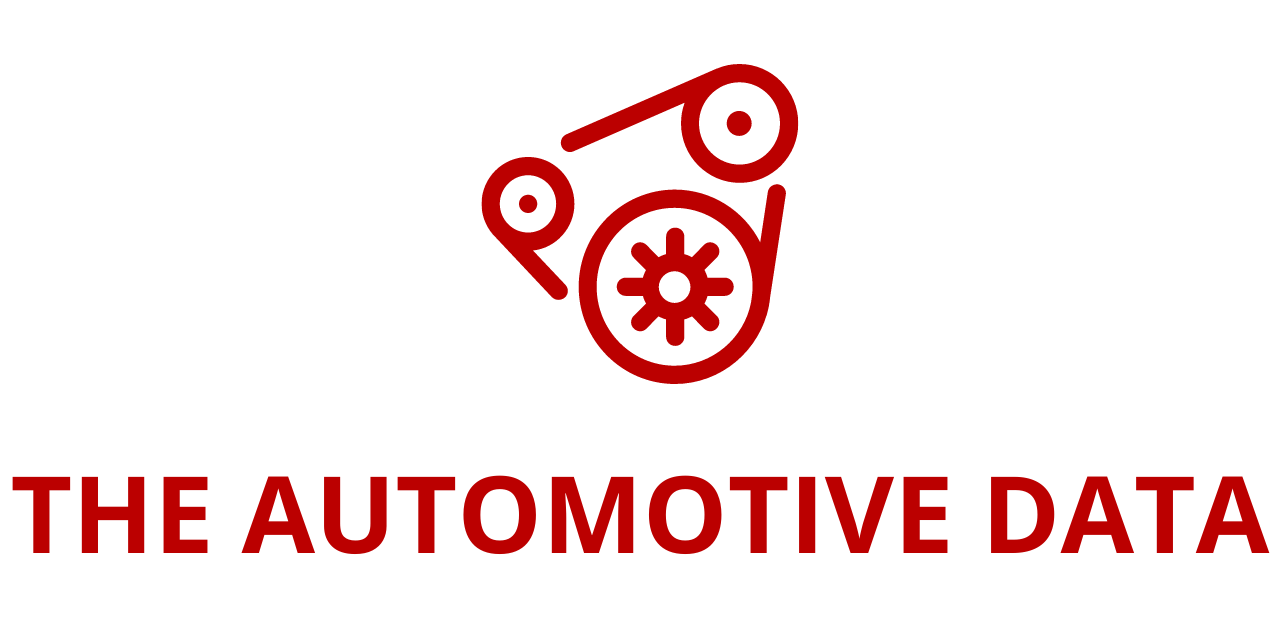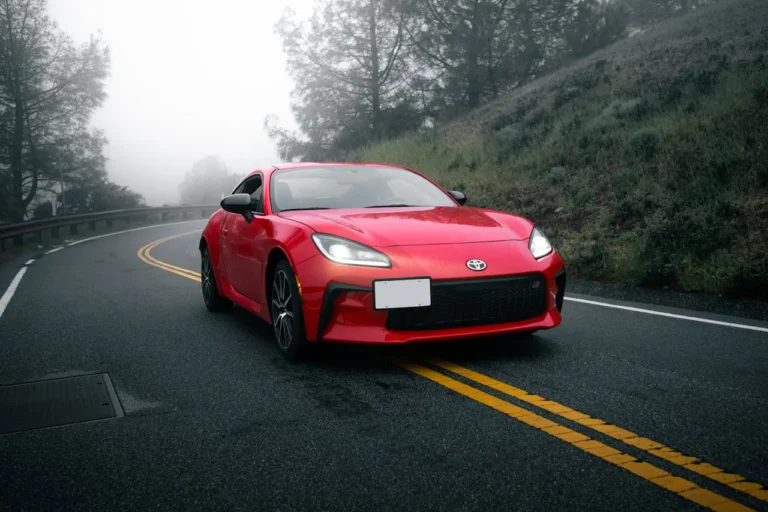
Pony.ai and Uber Forge Strategic Global Alliance to Accelerate the Deployment of Autonomous Robotaxis
Pony.ai, a leading innovator in autonomous mobility solutions, has announced a strategic partnership with Uber Technologies, Inc. (NYSE: UBER) to integrate its state-of-the-art autonomous vehicles into the Uber ride-hailing platform. This collaboration marks a significant milestone in the advancement of driverless transportation, setting the stage for scalable deployment of Robotaxis across key international markets.
The partnership’s first major deployment is set to take place later this year in a strategic Middle Eastern market, reflecting both companies’ ambitions to accelerate the adoption of autonomous transportation on a global scale. Once the pilot phase begins, Uber riders in the designated region will be able to choose a Pony.ai Robotaxi to complete their journey. During the initial rollout, these autonomous vehicles will include onboard safety operators to monitor operations and ensure passenger safety. This step is part of a broader roadmap toward fully autonomous, commercial ride-hailing services with no safety drivers required.
By joining forces, Pony.ai and Uber are not only demonstrating technological synergy but are also aligning strategic visions to redefine the future of transportation. Pony.ai brings to the table its seventh-generation autonomous driving system—a breakthrough that enables high-volume production of autonomous vehicles in a more cost-efficient and scalable manner. The advanced system is engineered to support seamless integration with ride-hailing platforms like Uber’s, making the transition from pilot testing to mass deployment both smoother and faster.
The collaboration reflects Pony.ai’s growing momentum in its international expansion plans. Having built a strong technological and operational foundation in existing markets, Pony.ai is now leveraging its deep experience in autonomous mobility to enter new territories with established players like Uber. This partnership is poised to serve as a launchpad for introducing fully autonomous ride-hailing services to a broader consumer base, beginning in the Middle East and extending to additional regions as regulatory frameworks, infrastructure, and consumer readiness evolve.
Dr. James Peng, Co-founder and CEO of Pony.ai, emphasized the significance of the partnership, stating:
“At Pony.ai, our vision has always been to create autonomous driving technology that is not only safe and reliable but also scalable for real-world, everyday use. Our collaboration with Uber represents a powerful alignment of our strengths—our robust autonomous technology paired with Uber’s vast, flexible ride-hailing ecosystem. Together, we’re bringing the future of transportation closer to reality by making it accessible to everyday users, starting in the Middle East and expanding from there.”
Uber, with its expansive reach in mobility, delivery, and freight services, views this alliance as another step in transforming how people and goods move around cities. CEO Dara Khosrowshahi noted:
“Our partnership with Pony.ai is another meaningful step toward introducing the benefits of autonomous mobility to the world. Uber’s unique position as a global platform for on-demand services allows us to rapidly scale promising technologies. Pony.ai’s proven track record in autonomous driving makes them an ideal partner as we aim to bring innovative, safe, and efficient transportation options to our users around the globe.”
This strategic collaboration signals Uber’s continued commitment to integrating autonomous vehicle solutions into its ecosystem. While Uber has previously explored autonomous technology development internally and through various partnerships, the alliance with Pony.ai reflects a refined strategy—focusing on collaboration with mature technology providers capable of delivering commercially viable autonomous solutions.
Pony.ai’s autonomous vehicles have already been tested in multiple cities worldwide, including complex urban environments in the U.S. and China. The company’s technology stack includes advanced perception systems, high-definition mapping, sensor fusion, decision-making algorithms, and real-time vehicle control. The seventh-generation system being deployed as part of this partnership represents Pony.ai’s most advanced and production-ready platform to date.
In addition to enhancing operational scalability, the system offers improved cost efficiency for large-scale deployments. This aligns with Uber’s long-term goal to reduce reliance on human drivers where feasible, particularly in regions where labor costs and vehicle availability pose challenges to meeting demand. Autonomous vehicles also present a consistent and potentially safer mobility option, operating without the variability of human fatigue or distraction.
From a consumer standpoint, the introduction of autonomous vehicles into the Uber platform represents a paradigm shift in how people experience urban mobility. Riders will benefit from consistent service levels, potential cost reductions over time, and the novelty of participating in the early stages of a transformative technology rollout. Initially, riders in the Middle East pilot market will receive clear notifications when a Robotaxi is available, with the option to accept or decline the ride.
As with any major innovation in mobility, regulatory and safety considerations are key. Both companies have reiterated their commitment to working closely with local governments and transportation authorities to ensure a safe and compliant rollout. During the pilot phase, safety operators in each autonomous vehicle will closely monitor driving behavior and intervene if necessary. Insights and data gathered during this phase will inform future rollouts, allowing for system refinements and increased confidence from stakeholders and the public alike.
The companies have not disclosed the exact launch city within the Middle East, but sources suggest it will be a metropolitan area with progressive transportation infrastructure and a supportive regulatory environment for autonomous vehicle testing. Expansion to other global cities will follow based on pilot performance, regulatory approvals, and market readiness.
In the broader context of the autonomous vehicle industry, the Uber–Pony.ai partnership exemplifies how established ride-hailing networks and autonomous tech firms can collaborate to overcome adoption barriers. As the industry inches closer to widespread commercialization, partnerships like this one help bridge the gap between pilot projects and real-world, revenue-generating operations.
Looking ahead, Pony.ai and Uber will continue to invest in research, testing, and public education efforts to enhance the adoption of autonomous ride-hailing. Future enhancements could include integration with Uber’s other business units, such as autonomous delivery or freight logistics, depending on market receptiveness and technological readiness.
In summary, the partnership between Pony.ai and Uber is a powerful signal that autonomous mobility is no longer a distant vision but a rapidly evolving reality. By leveraging each other’s strengths—Uber’s global scale and Pony.ai’s cutting-edge technology—the two companies are set to reshape the ride-hailing experience for millions of users worldwide. Starting with a bold launch in the Middle East, this collaboration could mark the beginning of a new chapter in smart, sustainable, and scalable urban transportation.







